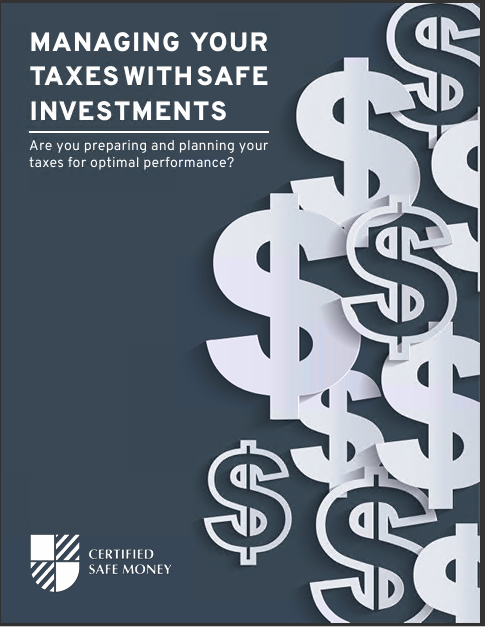With the current low-interest rates, it takes careful planning to generate enough retirement income without taking on more risk than necessary. The days of earning a solid living on a portfolio of Treasury bonds are long gone. Dividend-paying stocks, bank accounts, bonds and bond funds, and various forms of annuities can all provide income. Each has benefits and drawbacks. Stocks that generate significant dividends can be an excellent source of income, but they can also be volatile. You might lose money, and if you’re retired, you might not be able to wait for the market to rebound. Guaranteed deposits, like bank CDs and fixed-rate annuities, might pay less, but the principle and internet payments are guaranteed (although in different ways). The majority of retirees go for a variety of products and strategies. By carefully mixing and matching, you may generate income, fight inflation, and give some liquidity that you may require for anything from medical costs to a fancy trip or giving money to children or grandkids. The ideal combination is rather individual. Retirees with pensions that cover most of their monthly costs might be able to risk their money more. While others who lack that buffer and cannot afford to lose anything can turn to proven approaches. Fixed-Rate Annuities: How Do They Work? The fixed annuity is one sort of guaranteed product. Currently, a popular option is the multi-year guaranteed annuity (MYGA). It functions similarly to a bank certificate of deposit (CD) and is underwritten by a life insurance company. You make a one-time payment, known as a single premium. You will then get a fixed interest rate for a specified period. Contrary to bank deposits, fixed annuities aren’t FDIC-insured. However, state guaranty associations provide a type of protection if the insurer falls insolvent. Coverage varies state by state. Until withdrawn, annuity interest is tax-deferred. If you get annuity income before the age of 59.5, you will usually face a 10% IRS penalty on top of your regular state and federal income taxes. The features of fixed annuities differ. If you intend to rely on an annuity for income, ensure that your contemplating plan allows for monthly or annual interest withdrawals based on your needs and preferences. While these programs usually allow up to 10% yearly withdrawals, there are penalties for taking excessive withdrawals before the guarantee term expires. Laddering Fixed-Rate Annuities Fixed-rate annuities have a significant benefit in that they often pay higher interest rates than other fixed-rate securities such as CDs and investment-grade bonds. If you’re ready to lock up your money for longer, you’ll obtain a greater interest rate, just like with CDs and bonds. However, is it worthwhile? On the one hand, “going long” will provide greater immediate money. Some individuals are okay with that. Going short, on the other hand, allows you more options. If interest rates rise in the meanwhile, you’ll be able to receive a better rate after the guarantee period expires. So, which option makes the most sense? I recommend laddering guarantee conditions for individuals with sufficient money to distribute over many annuities. Laddering makes the most sense because no one knows where interest rates will go in the future. It provides you with a high current income as well as future freedom.
Contact Information:
Email: federalincomecoach@gmail.com
Phone: 9493705881













